


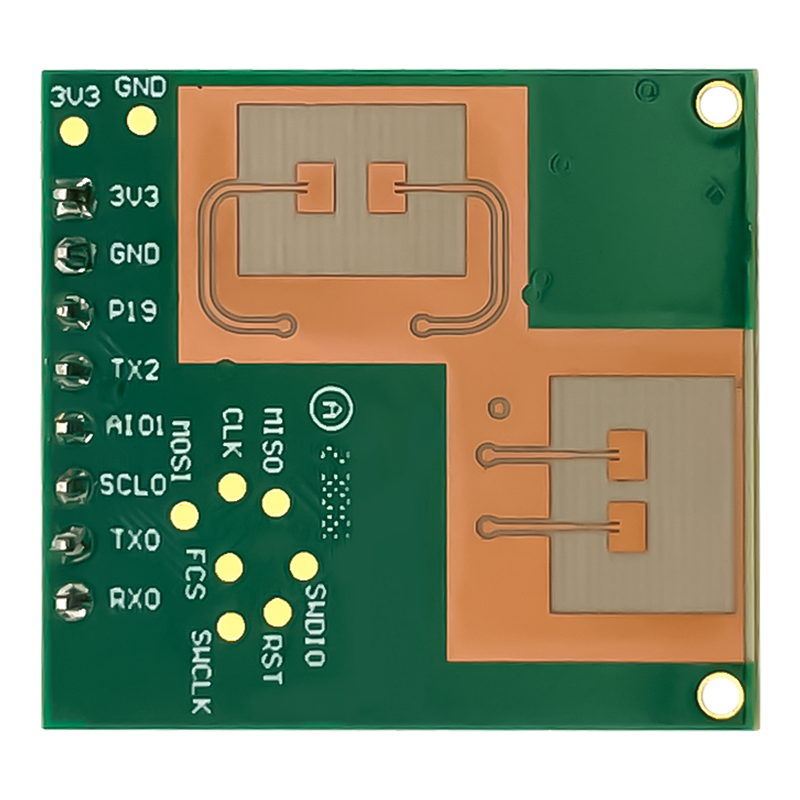


Hotspots/pain points/viewpoints are connected, and the context of the IOT events is under control
GPS is more and more commonly used now, but sometimes when walking on the main road, the mobile phone will also remind "the current GPS signal is weak, please walk to the open area" why this happens frequently.
Hi-Link's official WeChat account: HLKtech09
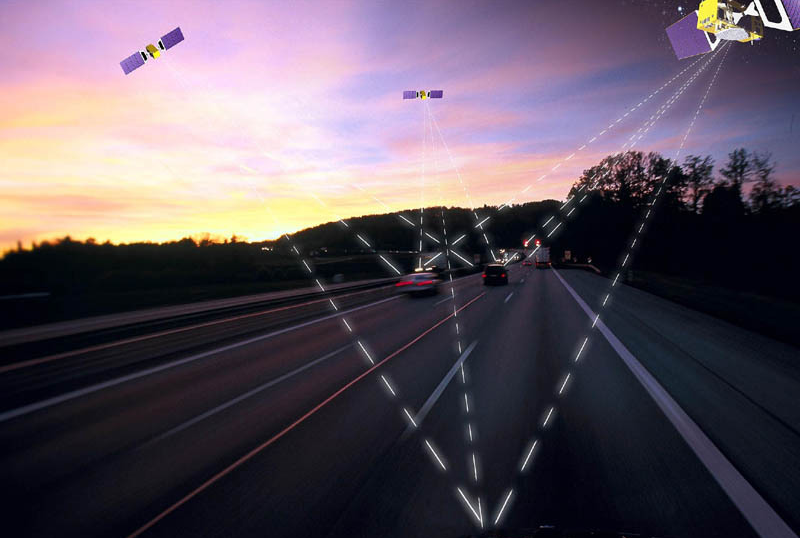
Generally, there is no signal for GPS positioning, which can be divided into two situations. One is that there is no signal for receiving location information; the other is that there is no signal for uploading data information. GPS positioning equipment mainly relies on intercepting satellite signals and calculating satellite trajectory movement data to obtain our position information, driving trajectory information, etc., so GPS positioning module signal reception is also very important.
The common factors that GPS is affected are as follows:
① GPS antenna contact
② The signal strength at the location is not enough or under the shelter
③ Weather factors
④ Other factors: human interference (such as SA policy, microwave launch device), GPS satellite orbit, electromagnetic interference noise around GPS equipment/peripheral transmitting station or mobile base station, etc.
GPS positioning is affected by many factors. In addition to the installation of the equipment itself and force majeure factors, if the equipment is in an open place, GPS positioning will basically have no effect; if it is between tall buildings, the GPS signal will be weakened, and in severe cases, traffic jams in viaducts and tunnels Otherwise, it may not be able to search for GPS signals normally, and it will be more obvious if there are metal shields around.
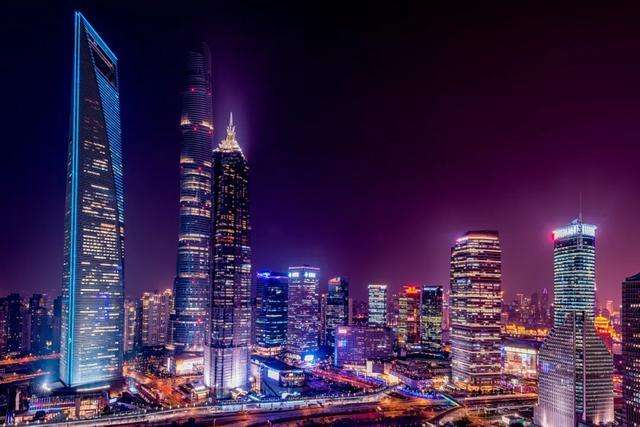
There are many tall buildings in the city, even on the road, the GPS signal is not very good. What's more, the houses that everyone lives in are made of reinforced concrete. The GPS signal will be blocked by the wall or reflected and cannot enter the room, resulting in not being able to receive it. Satellite signals, so it is impossible to locate indoors. Then there is no way to talk about indoor positioning. In other words, GPS positioning is impossible indoors, and the current GPS module basically does not support indoor positioning.
Hi-Link GPS positioning module HLK-GS475 can also easily locate in urban canyons, can receive and process multi-band signals at the same time, and integrate surface acoustic wave (SAW) filters and low noise amplifiers (LNA) inside the module to ensure that even in strong It can also work normally under radio frequency interference and weak signal. After testing, HLK-GS475 can not only work normally even if it is used in urban concrete buildings with high-rise buildings, but also the power consumption is reduced by half compared with peer positioning modules.
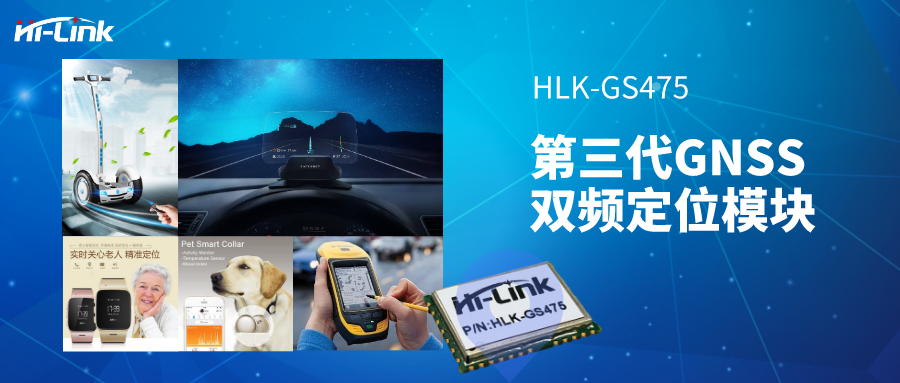
HLK-GS475 supports two frequencies (L1 + L5), so it can achieve lane-level accuracy outdoors, and has higher resistance to multipath and reflected signals in urban scenes, as well as higher anti-interference and anti-interference ability. The L1 and L5 frequency bands have their own advantages. The HLK-GS475 integrates the advantages of the L1+L5 frequency bands. The positioning accuracy is greatly improved, and the calculation accuracy of the positioning is improved to the decimeter level. Compared with the L1 signal, the new generation of L5 signal adopts new Frequency greatly reduces the reception delay and bit offset.
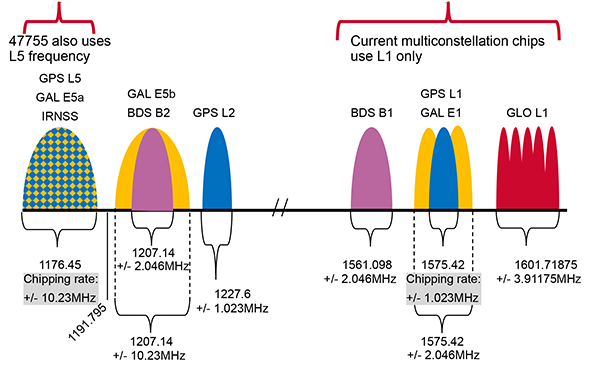
HLK-GS475 uses Broadcom's BCM47755 GPS chip, which is the first flagship GPS positioning chip for civilian mass production. The BCM47755 location hub is a single-chip device that combines the location-aware function with the typical functions of a sensor hub. It includes two RF paths, a low-power path and a high-performance path, so that it can be implemented under any received signal conditions. Lowest power consumption.






Previous:Module materials out of stock urgently, Hi-Link provides new solutions Next:海凌科致敬深圳四十周年 沧桑巨变放眼未来!
关联产品:
